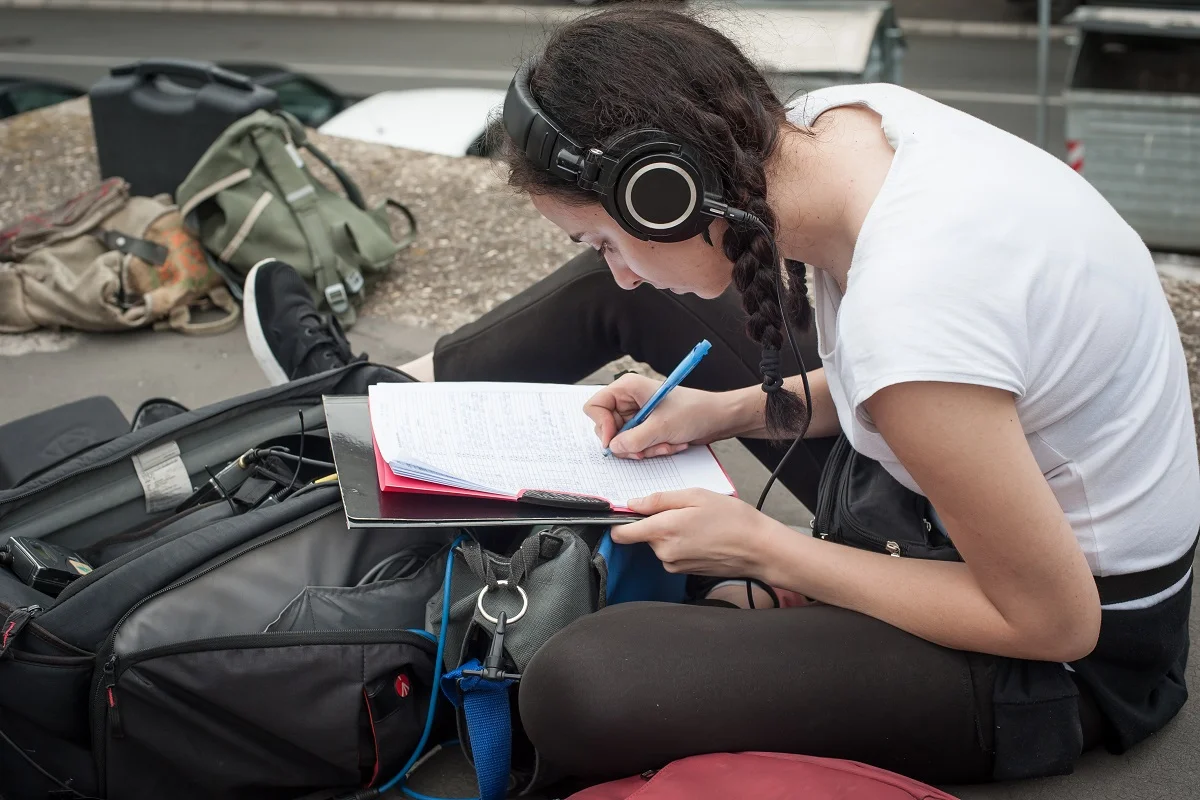Storyboarding is a crucial aspect of the animation industry, serving as the blueprint for bringing stories to life through visual storytelling. Whether you are a seasoned animator or just starting in the industry, understanding the fundamentals of storyboarding is essential for creating compelling narratives that captivate audiences.
In this comprehensive guide, we will delve into the world of storyboarding for animation, exploring its importance, key techniques, and tips for success in this dynamic field.
Importance of Storyboarding in Animation
Storyboarding plays a vital role in the animation process by visually mapping out the sequence of events in a story. It serves as a guide for animators, directors, and other creatives to visualize the flow of the narrative, frame by frame. Through storyboards, creators can experiment with different compositions, camera angles, and pacing to convey emotions, actions, and dialogue effectively.
Storyboarding also helps streamline the production process by identifying potential issues early on and making necessary revisions before moving into the animation phase. By establishing a solid foundation through storyboarding, animators can save time and resources while ensuring a cohesive and engaging final product.
Key Techniques for Effective Storyboarding
To create compelling and visually engaging storyboards, it’s crucial to employ key techniques that enhance your storytelling. From understanding the script to focusing on composition and pacing, these techniques will help you effectively translate your narrative into dynamic visual sequences.
- Understand the Script: Before diving into storyboarding, you must clearly understand the script or story you are visualizing. Analyze the characters, dialogue, and key plot points to determine the flow of the narrative.
- Create Thumbnails: Start by sketching small thumbnail drawings to rough out the key scenes and compositions. Thumbnails allow you to explore different visual ideas quickly and make adjustments before creating detailed storyboards.
- Focus on Composition: Pay attention to composition and framing in your storyboards. Use different camera angles, shot sizes, and perspectives to enhance the storytelling and create visual interest.
- Emphasize Pacing and Timing: Consider the pacing and timing of each scene in your storyboards. Use varying shot lengths and transitions to control the story’s rhythm and build tension or excitement where needed.
- Include Directional Cues: Use arrows, notes, and other directional cues to indicate character movement, camera pans, and other actions within the scene. This helps communicate the intended motion and flow of the animation.
Tips for Success in Storyboarding
Mastering the art of storyboarding requires dedication, practice, and a keen eye for visual storytelling. Whether you’re a beginner or a seasoned artist, following these tips can help you refine your skills and achieve success in storyboarding.
- Practice Regularly: Like any skill, storyboarding improves with practice. Dedicate time to sketching storyboards regularly to hone your visual storytelling abilities and develop your style.
- Seek Feedback: Don’t be afraid to share your storyboards with peers, mentors, or industry professionals for feedback. Constructive criticism can help you identify areas for improvement and refine your storytelling techniques.
- Study Existing Storyboards: Analyze storyboards from your favorite animated films, TV shows, or graphic novels to learn from established artists’ techniques and styles. Pay attention to how they convey emotions, action, and pacing through visuals.
- Stay Updated on Industry Trends: Keep abreast of the latest trends and technologies in the animation industry. Attend industry events, workshops, and conferences to network with professionals and gain insights into the evolving landscape of animation.
- Consider Enrolling in a Storyboarding Course: If you are looking to enhance your storyboard skills, consider enrolling in a specialized course or workshop. Platforms like Yellowbrick offer online courses that cover various aspects of animation, including storyboarding techniques.
Conclusion
In the competitive world of animation, mastering the art of storyboarding is a valuable skill that can set you apart as a visual storyteller. By understanding the importance of storyboarding, incorporating key techniques, and following tips for success, you can elevate your storytelling abilities and create captivating narratives that resonate with audiences.
Key Takeaways:
- Storyboarding is essential in animation, serving as a blueprint for visual storytelling.
- It helps animators, directors, and creatives visualize the narrative flow frame by frame.
- Storyboarding allows experimentation with compositions, camera angles, and pacing.
- It streamlines production by identifying issues early and making revisions before animation.
- Understanding the script is crucial for effective storyboarding.
- Creating thumbnails helps quickly explore visual ideas before detailed storyboarding.
- Focusing on composition and framing enhances storytelling and visual interest.
- Emphasizing pacing and timing controls the story’s rhythm and builds tension or excitement.
- Including directional cues communicates intended motion and scene flow.
- Regular practice is key to improving storyboarding skills.
- Seeking feedback from peers and professionals helps refine techniques.
- Studying existing storyboards from films and graphic novels provides learning opportunities.
- Staying updated on industry trends and attending events helps network and gain insights.
To further enhance your skills and knowledge in storyboarding, consider enrolling in a specialized course like the NYU Animation Industry Essentials offered by Yellowbrick. This online course provides valuable insights and practical training to help you excel in the competitive world of animation and pursue a rewarding career as a storyboard artist.








